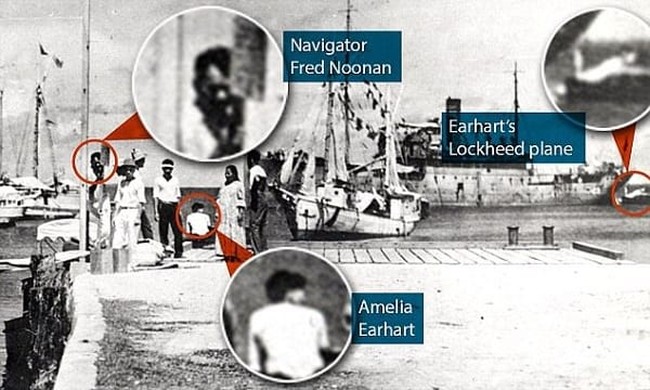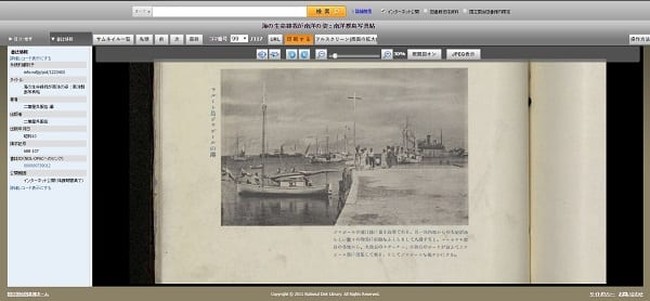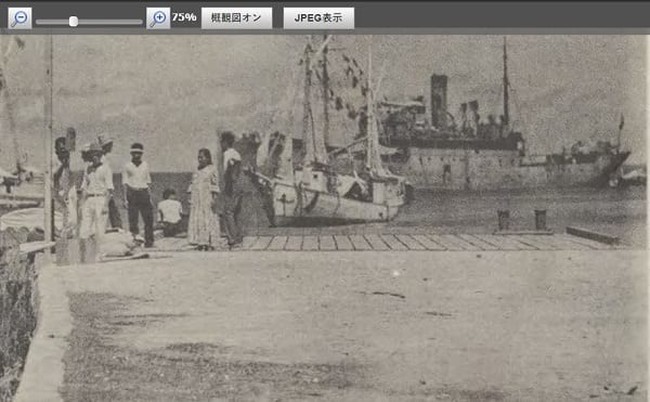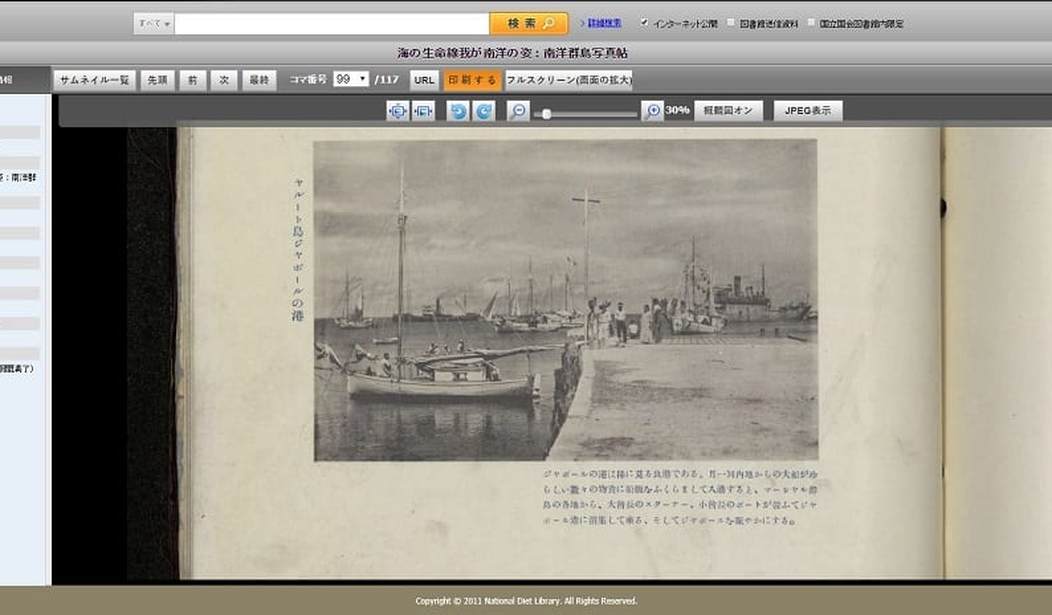On July 9, the History Channel aired a bizarre and dishonest program called Amelia Earhart: The Lost Evidence. I posted on this bit of stupidity from the Nazis and Alien Channel last week. In brief, there are three popular theories that surround the disappearance of Amelia Earhart in July of 1937. The most plausible is that Earhart missed landfall and flew until her Lockheed Electra ran out of fuel and she crashed somewhere in the Pacific. The next most plausible story is that she managed to land her aircraft on Gardner Island, now called Nikumaroro, where she and her navigator, Fred Noonan, eventually succumbed to starvation and/or thirst. These are the only plausible theories. The next most popular theory, the one that History Channel fluffed in an obscene manner, was that Earhart was rescued by the Japanese and subsequently executed by them. This latter theory has been factually destroyed many times but it refuses to go away. An aviation historian writing at The Daily Beast points out that to believe this you have to disbelieve Japanese policy of the late 1930s:
Just how anxious both the U.S. and Japan were to avoid conflict was revealed by an incident in December 1937. An American gunboat, the USS Panay, that was allowed to patrol the Yangtze River by international agreement, was called in to evacuate staff from the U.S. embassy in Nanking, as well as some international journalists as the Japanese carpet-bombed the city.
The Panay sailed upriver to what the captain thought would be a safe refuge and anchored alongside other boats laden with Chinese refugees.
But a swarm of Japanese bombers attacked all the boats, including the Panay. Two U.S. crewmen and an Italian journalist were killed. The Japanese claimed that the attack was an accident. President Roosevelt was so anxious that the bombing should not lead to calls for retaliation that he censored newsreel footage. The Japanese, alarmed that they might have awakened a sleeping tiger, paid $2.2 million in compensation.
Then there is how the Japanese treated Charles Lindbergh.
In August 1931, he flew from Alaska across the Bering Sea to Japan in a seaplane with his wife Anne. Thick fog forced Lindbergh to make a blind landing using only his instruments. After touchdown, with the engine shut down, the airplane drifted dangerously close to rocks and was rescued by a Japanese boat that towed them to a safe harbor.
When they reached Tokyo the Japanese gave the Lindberghs a welcome that one newspaper said was “one of the greatest demonstrations ever seen in the ancient capital.”
This History Channel bases its entire story on a single photograph that shows a man and a woman on a dock at Jaluit Atoll in the Marshall Islands. That’s it. Period.
As it turned out, the History Channel photo was not the new discovery that was promised. This is the image that was supposed to solve the mystery:

A Japanese military history blogger, Kota Yamano, was curious and searched Japanese archives for “Jaluit Atoll.” Within thirty minutes he’d found this:

If you expand the image you see this.

Yes, it is the same image touted by the History Channel as an earth shattering discovery. This is the catch:
The image was part of a Japanese-language travelogue about the South Seas that was published almost two years before Earhart disappeared. Page 113 states the book was published in Japanese-held Palau on 10 October 1935.
The caption beneath the image makes no mention of the identities of the people in the photograph. It describes maritime activity at the harbour on Jabor in the Jaluit atoll – the headquarters for Japan’s administration of the Marshall Islands between the first world war and its defeat in the second world war.
The caption notes that monthly races between schooners belonging to local tribal leaders and other vessels turned the port into a “bustling spectacle”.
…
Matthew B Holly, a military expert, told Agence France-Presse the photo appeared to have been taken about a decade earlier than the date given by the History Channel.
“From the Marshallese visual background, lack of Japanese flags flying on any vessels but one, and the age configuration of the steam-driven steel vessels, the photo is closer to the late 1920s or early 1930s, not anywhere near 1937,” he said.
This how Google Translate renders the caption
https://twitter.com/simulatedcosmos/status/884447648677343232
None of this matters. History Channel sold ads based on a sensationalist claim and it will book the viewers to justify future ad rates. The real casualty here is truth as a morals-free cable channel not called CNN shows it is willing to say just about anything in order to turn a buck.












Join the conversation as a VIP Member